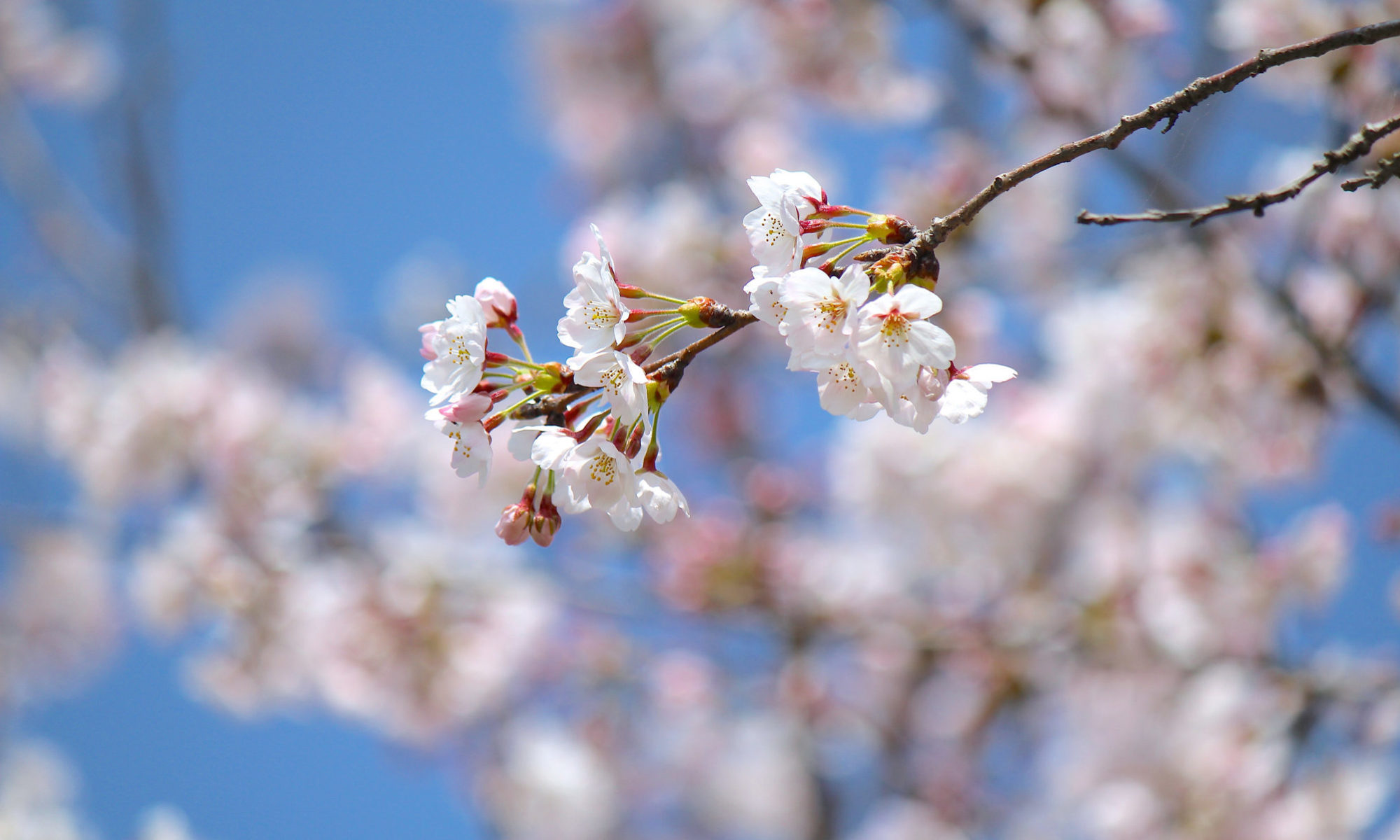All Japanese comprise one unreached people group (UPG), but pragmatic considerations make it useful to divide this UPG into these three segments—Mega City, Urban, and Rural—because each is at a different missiological stage.
| UPG Segment | Segment Popul. | # of Churches | % of Christian | # of Missionaries | Total popul. |
|---|---|---|---|---|---|
| 12 Mega Cities | > 1 million | 10s to 100s | 1-2% | Hundreds | 27 million |
| Urban Areas | 50K to 1 million | 1 to 10s/city | 0.3-1% | Several to ten | 66 million |
| Rural Areas | < 50K | 2/3 have no church
1/3 have 1-2 churches |
0.1% | Mostly none | 34 million |
The national map shows where all remaining unchurched areas in Japan are located. All of Japan is unreached (unreached = <2% Christian), but its Mega Cities are approaching reached (reached = >2% Christian), have many churches, and are highly engaged. The Urban Segment is well engaged and each urban area has churches, but they are not yet near reached since they are still well under 2% Christian. Two-thirds of rural areas are still without their first church. Most of these unchurched rural areas area also both unengaged and highly unreached, with almost no believers.
RJCPN defines rural areas as communities under 50,000 in population based on community boundaries prior to the widespread governmental mergers of rural towns and villages with urban areas that occurred between 1999 and 2014 (Heisei merger). Even though most rural towns ceased to exist as separate legal entities, missiological they still are just as much in need of a church in their community as before because these communities remain psychologically, socially, and geographically largely distinct from the urban areas with which they were amalgamated. Since they are technically no longer separate cities, towns, or villages, the term URA (Unchurched Rural Area) and churched rural area (CRA) are used by RJCPN to refer to the municipal-like areas that were cities, towns, or villages of 3K to 50K in population prior to the Heisei mergers. These are shown in yellow on the maps. Unchurched isolated rural areas under 3K in population are shown in green. Click here to read the reasons it is so essential to use pre-Heisei merger city/town/village boundaries to know where Japan’s remaining unchurched areas are located. Click here for more about RJCPN’s definition of rural.
MegaCities are in transition towards being reached, the Urban Segment in the Kingdom expanding phase, and the Rural Segment in the pioneer stage, with 2/3 of rural areas still in need of their first (pioneer) church plant and only 1/3 (984) having a church. Every urban area in Japan has from one to many churches, while every unchurched area lies within rural Japan.
So unchurched Japan = rural Japan.
There are still 1793 areas in Japan without their first church. 100% of these are in rural areas of less than 50,000 people. Of these, 1473 are unchurched rural areas of 3000 to 50,000 people. Ideally, all 1800 areas will someday have their own church, but at least the 809 areas with over 7000 people should be a top priority for church planting in Japan. Even the remaining 1000 need some form of recurrent outreach, though not necessarily a full-fledged church plant in light of declining populations. Click to learn about the effect of rural population decline.

